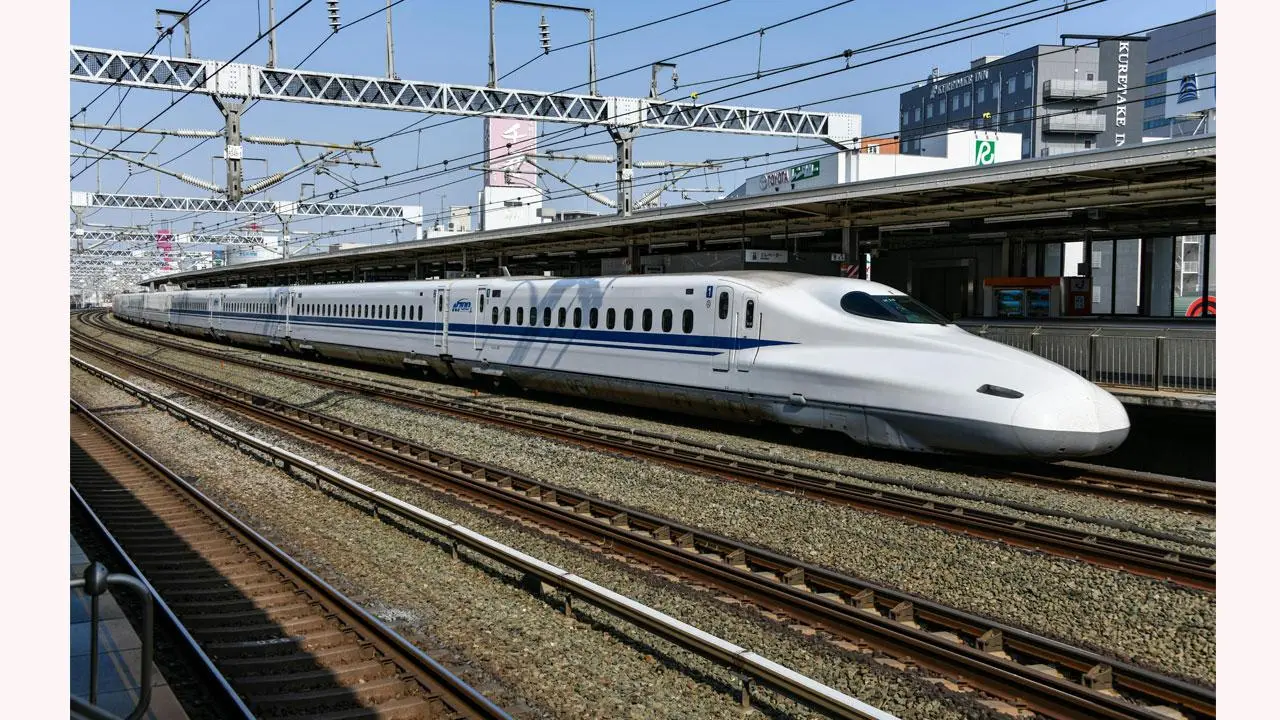Japanese rail stations are more than just platforms-they are designed to manage heavy traffic while keeping directions easy to follow.

Japan railways
Japan’s transportation network is known worldwide for its speed, punctuality, and convenience. From sleek bullet trains to local subways, the country has created a system that moves millions of people each day without significant delays. The structure of this rail network may seem complex to newcomers, but each piece fits together with surprising harmony.
The role of digital tools like an esim for Japan travel has also made it easier for foreign visitors to navigate this intricate system. Passengers can check real-time schedules, transfer information, and even platform changes with internet access. So, how can you leverage the country's train travel? Let's discuss this in the article.
Integrated Scheduling Across All Levels
The foundation of the country’s efficient train travel begins with coordination. Different companies-from national lines to private local operators-work under a unified schedule. This allows passengers to transfer between systems without long waits. Timetables are carefully aligned, especially during peak hours, so even a one-minute delay is rare and often announced with an apology.
This level of scheduling precision comes from advanced computer systems and human planning. Stations often have visual boards and audio announcements to keep everyone informed. The goal is not just to speed but smooth transitions, which shows how trains arrive and depart with clock-like accuracy. This consistency is key to building public trust in the system.
Train Types That Serve Every Travel Need
Japan’s railway system includes many trains designed to serve different needs. High-speed shinkansen, or bullet trains, link major cities across the country. These run on separate tracks and stop only at key stations, reducing travel time. For everyday use, rapid, express, and local ones operate in busy regions, making travel flexible based on urgency and budget.
Each train type follows a clear route and schedule, helping passengers plan their journey. Signage at stations shows which platform serves which kind of train, reducing confusion. This wide variety also means people can travel far or near without needing multiple forms of transport. Trains meet at shared hubs, so changing lines is quick and well-marked.
Technology That Keeps the System Running Smoothly
Modern rail operations in the country rely on more than just timetables. Sensors, cameras, and control centers keep the network updated in real-time. Trains run at fixed intervals, and any issues are communicated immediately to passengers. Platform screen doors in many stations prevent delays and accidents by making boarding more orderly.
Navigation apps show exactly when the next train will arrive, which car is least crowded, and whether transfers will be tight or relaxed. This is where an esim for Japan travel proves helpful. This use of technology makes both planning and adapting easier when exploring unfamiliar routes.
Station Design Focused on Flow and Clarity
Japanese rail stations are more than just platforms-they are designed to manage heavy traffic while keeping directions easy to follow. Most stations have signs in multiple languages and universal icons for entry, exit, and platform changes. Escalators and elevators are placed in logical spots to help the elderly, people with luggage, or families with children.
Larger stations have many levels, especially in cities like Tokyo or Osaka. Even so, they rarely feel chaotic because of how they direct foot traffic. Entry and exit gates are placed where crowds naturally form, preventing bottlenecks. Regular station staff assist those who are lost or need help. These design choices make the experience less stressful and predictable, even during busy hours.
Punctuality Supported by Culture and Precision
Japan’s rail system is also efficient because people respect the rules. Most passengers line up before the train arrives, let others exit first, and avoid loud conversations. This cooperation helps trains stick to their schedules. Train conductors and platform staff also play a significant role in time management. Every step is timed precisely, from signaling door closures to confirming passenger safety.
Maintenance work takes place during night hours to avoid service disruption. Workers clean, inspect, and upgrade tracks regularly to prevent breakdowns. Even in rural areas, trains are maintained to high standards. The expectation of punctuality is so ingrained that even a one-minute delay often results in official notices. These habits, combined with solid engineering, keep the system efficient year-round.
Conclusion
Japan's railway fits with remarkable care, from well-timed schedules and varied train options to smart station layouts and advanced monitoring tools. Visitors benefit from using an esim for Japan travel to digitally access information about the system, which adds to a reliable and smooth journey. This organized system reflects strong engineering and a culture of order, responsibility, and shared convenience.
 Subscribe today by clicking the link and stay updated with the latest news!" Click here!
Subscribe today by clicking the link and stay updated with the latest news!" Click here!








